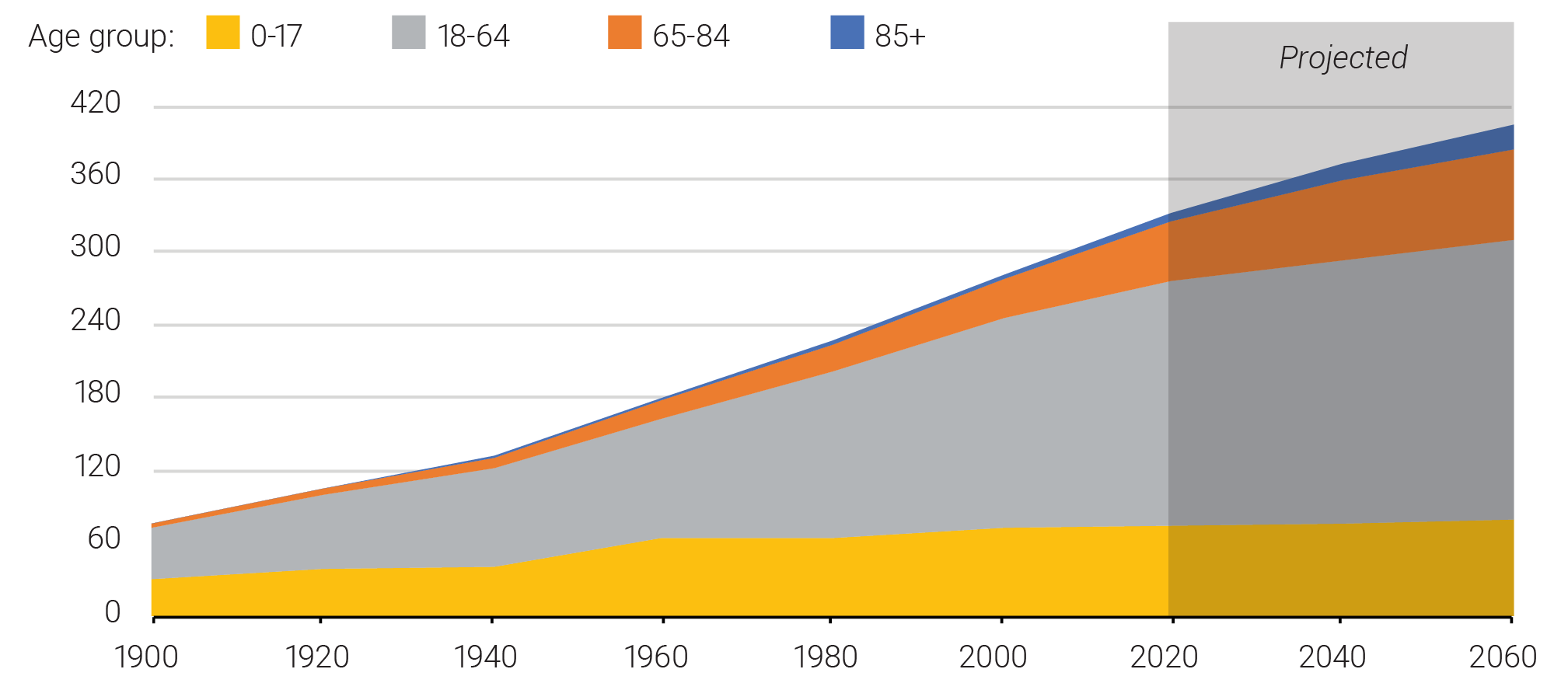More Caregivers Needed Worldwide for the ‘Oldest Old’
The Population Reference Bureau's 2010 World Population Data Sheet focuses on a rapidly aging world, highlighting many countries' pressures to care for their elderly citizens.
The Population Reference Bureau's 2010 World Population Data Sheet focuses on a rapidly aging world, highlighting many countries' pressures to care for their elderly citizens.
(2010) Tanzania is one of the world's poorest countries, with a 2008 annual per capita income of just $1,263, and nearly 90 percent of the population living on less than $1.25 per day.1 Maternal, infant, and childhood mortality—important indicators of overall socioeconomic conditions—are high, even for East Africa.

Income, neighborhood characteristics, and state policies may underly racial disparities in who gets needed care, despite federal efforts to expand home-care programs.
(2002) With its poverty and underdeveloped health systems and other infrastructures, it is certain that Africa will not be able to bring the HIV/AIDS epidemic under control as rapidly as it needs to if the continent has to rely only on its own resources.

PRB produced a global interactive database and a series of regional policy reports and data sheets that highlight the importance of taking action now to address noncommunicable disease (NCD) risk factors among youth.

The current growth of the population ages 65 and older is unprecedented in U.S. history and has important implications for policymakers.
(2010) Over the past several decades, Latinos have made up an increasing share of the U.S. population.

(2020)The past two decades have been tumultuous for the United States. During the first 20 years of the 21st century, the nation experienced a major terrorist attack, a housing market meltdown, a severe economic recession, a significant downturn in the stock market, and a pandemic that led to the highest unemployment rate since the Great Depression.